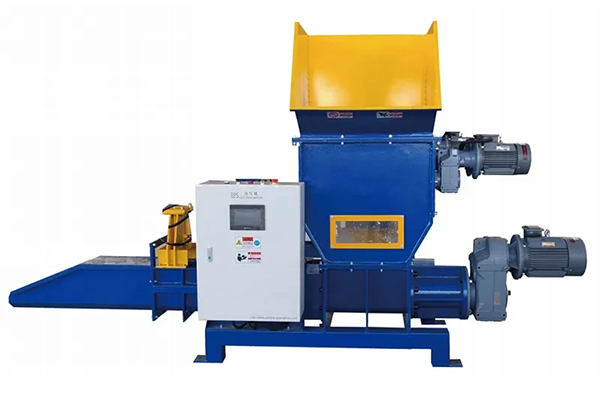Styrofoam, or Expanded Polystyrene (EPS), is a lightweight, versatile material widely used in packaging, insulation, and other applications. However, its low density and bulkiness can pose challenges for disposal and recycling. One potential solution is compaction, which involves reducing the volume of EPS to make it more manageable and efficient to transport and process.
The Challenge of Compacting Styrofoam
Compacting styrofoam presents several challenges:
- Low Density: EPS is a highly porous material with a low density, making it difficult to compress into a smaller volume.
- Elasticity: Styrofoam tends to spring back to its original shape after compression, making it difficult to maintain a compact state.
- Contamination: Styrofoam often contains contaminants such as food residues or other materials that can interfere with the compaction process.
Traditional Compaction Methods
Traditional methods of compacting styrofoam often involve manual labor or mechanical presses. These methods can be time-consuming, labor-intensive, and may not achieve the desired level of compaction.
- Manual Compaction: This involves manually squeezing or crushing styrofoam into a smaller volume. It is a labor-intensive process and often results in inconsistent compaction.
- Mechanical Presses: Mechanical presses can apply high pressure to compact styrofoam. However, they may require significant energy input and can be expensive to purchase and operate.
EPS Cold Compactor: A Revolutionary Solution
The EPS Cold Compactor is a specialized machine designed specifically for compacting styrofoam. It uses a unique cold compression technology that overcomes the challenges associated with traditional methods.
How it Works:
- Feeding: The EPS material is fed into the compactor.
- Compression: The compactor applies cold pressure to the styrofoam, causing the material to collapse and reduce in volume.
- Compacted Output: The compacted styrofoam is then ejected from the machine in a dense, manageable form.
Advantages of EPS Cold Compactor:
- High Compression Ratio: EPS Cold Compactors can achieve significantly higher compression ratios compared to traditional methods, reducing the volume of styrofoam by up to 90%.
- Energy Efficiency: The cold compression technology used in these machines is more energy-efficient than traditional mechanical presses.
- Reduced Handling Costs: By reducing the volume of styrofoam, EPS Cold Compactors can significantly reduce transportation and storage costs.
- Increased Recycling Efficiency: Compacted styrofoam is easier to handle and process for recycling, improving the overall recycling rate.
- Environmental Benefits: By reducing the volume of styrofoam waste, EPS Cold Compactors can help conserve landfill space and reduce greenhouse gas emissions.
Applications of EPS Cold Compactors
EPS Cold Compactors are used in various industries, including:
- Packaging: Compacting EPS packaging materials can reduce waste and improve recycling efficiency.
- Manufacturing: Companies that use EPS in their manufacturing processes can benefit from reduced waste disposal costs and improved sustainability.
- Recycling Facilities: EPS Cold Compactors can be used at recycling facilities to process large volumes of styrofoam waste.
Conclusion
The EPS Cold Compactor represents a significant advancement in the field of styrofoam compaction. By overcoming the challenges associated with traditional methods, these machines offer a more efficient, effective, and environmentally friendly solution for reducing the volume of styrofoam waste. As the demand for sustainable waste management practices continues to grow, EPS Cold Compactors are poised to play a vital role in addressing the challenges posed by this versatile but often problematic material.
Post time: 09-29-2024






